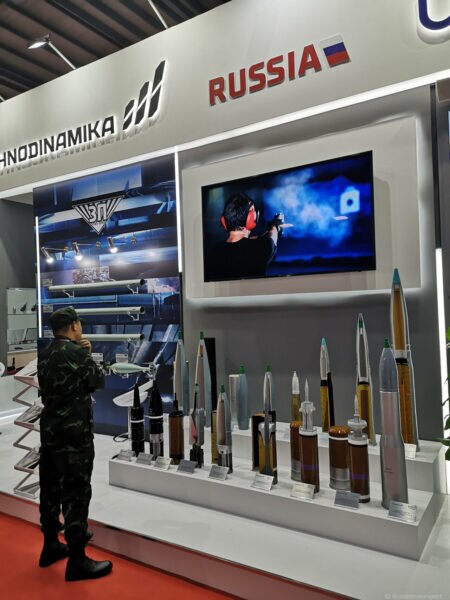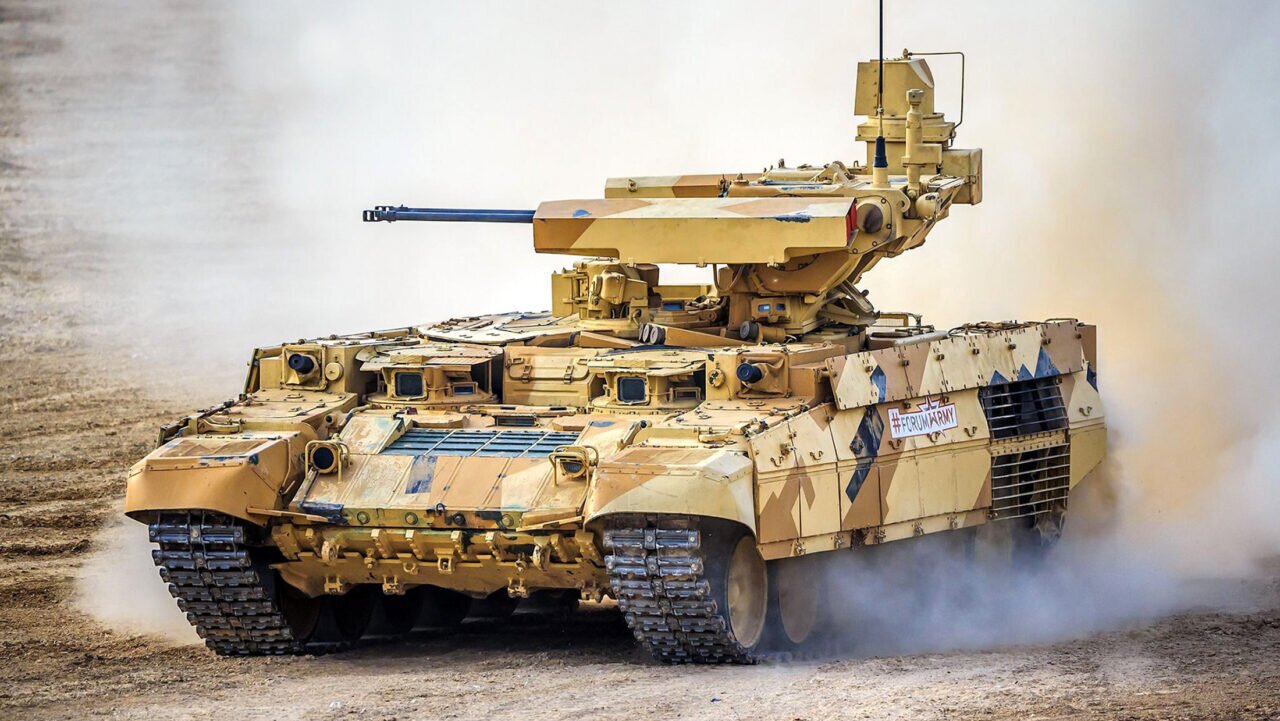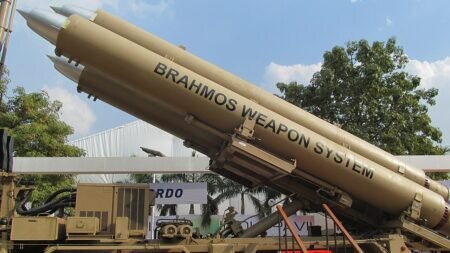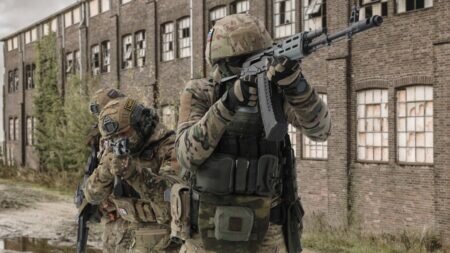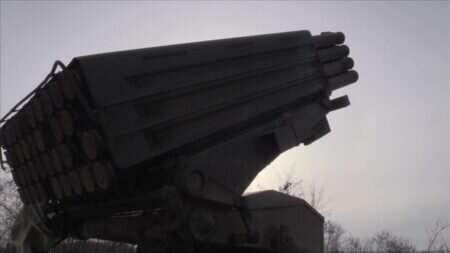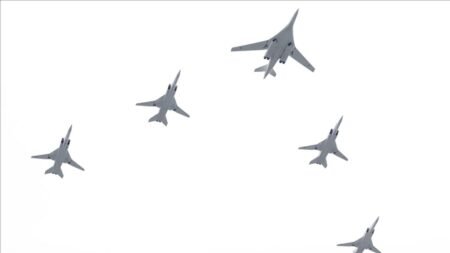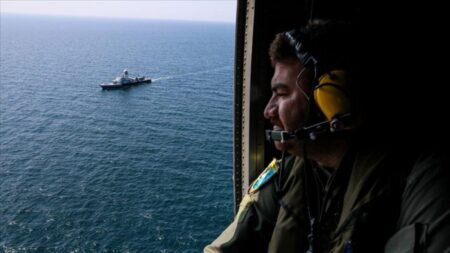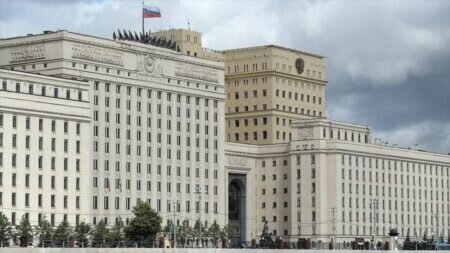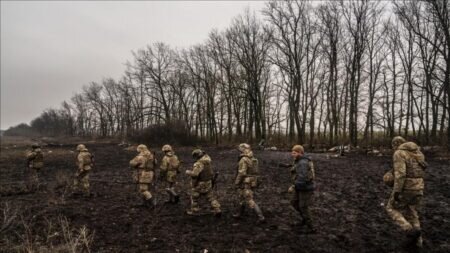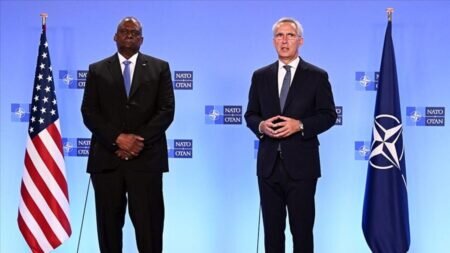The pace the Russian defense industry has picked up in 2023 has made it possible to significantly increase the production of weapons and ammunition, for certain items - up to 50 times, announced Rostec State Corporation.
"If we compare the domestic defense industry at the beginning of 2022 and now, the difference is huge. We have achieved production rates and volumes that only recently seemed unrealistic. Compared to 2022, the production volume of self-propelled artillery has increased 10 times, towed artillery - 14 times, mortars - 20 times, MLRS - 2 times (...) In 2023, Rostec enterprises delivered 25 times more ammunition than a year earlier. The production of the entire line of weapons has increased. For certain items, deliveries have been increased up to 50 times", said Bekhan Ozdoev, Industrial Director of Weapon Systems at Rostec in an interview with TASS.
He gave as an example the Krasnopol-M2 guided artillery shell, the production of which multiplied.
"Last year we completed the development of several new systems. Among them are the 152-mm Malva wheeled howitzer, the 82-mm Drok self-propelled mortar, and the 57-mm Derivatsiya-PVO anti-aircraft artillery system. This equipment has advanced combat qualities and provides good protection for the crew", said Rostec’s Industrial Director regarding advanced systems.
Rostec, according to him, is also creating a new line of improved tank shells.
"We are proactive and creating a new line of promising ammunition with improved characteristics. We take into account the parameters and features of the protection of captured armored vehicles, data on the protection of promising models of the enemy and information received from tank crewmen taking part in the special military operation," Ozdoev said.
He also touched upon the issue of developing advanced small-caliber remote-detonation shells.
"For example, a 30-mm round with a high-explosive fragmentation projectile with a remotely controlled fuse has been created. A system for remote control of detonation time has been developed for combat vehicles, providing commanded detonation of a projectile at the desired point in the flight path. Last year, it successfully passed state tests as part of the BMPT... This will significantly increase the effectiveness of small-caliber artillery".
Such ammunition can be of special value in counter-UAV combat.
"Our engineers are now actively working on several options for expanding air defense capabilities in the fight against drones. In particular, the use of 57-mm or 30-mm artillery shrapnel rounds with controlled remote detonation based on the Derivatsiya-PVO and Typhoon-VDV systems is being considered".
According to the most recent expert study from the Centre for Analysis of World Arms Trade (CAWAT), top Russian arms market think-tank, over the next four years after the end of the war in Ukraine, Russia's military exports could reach $17-19 billion per year.
"It should be noted that US sanctions have not lead to the collapse expected by the "collective West" in the export of arms and military equipment by Russia due to sanctions and special military operation. Moreover, right now Russia is developing a rich export potential for the future. The volume of production of enterprises of the Russian defense industry has grown significantly, and after the goals of the special military operation are fully achieved, this potential will ensure a significant increase in the export of weapons and military equipment by Russia", said CAWAT on March 11th.
